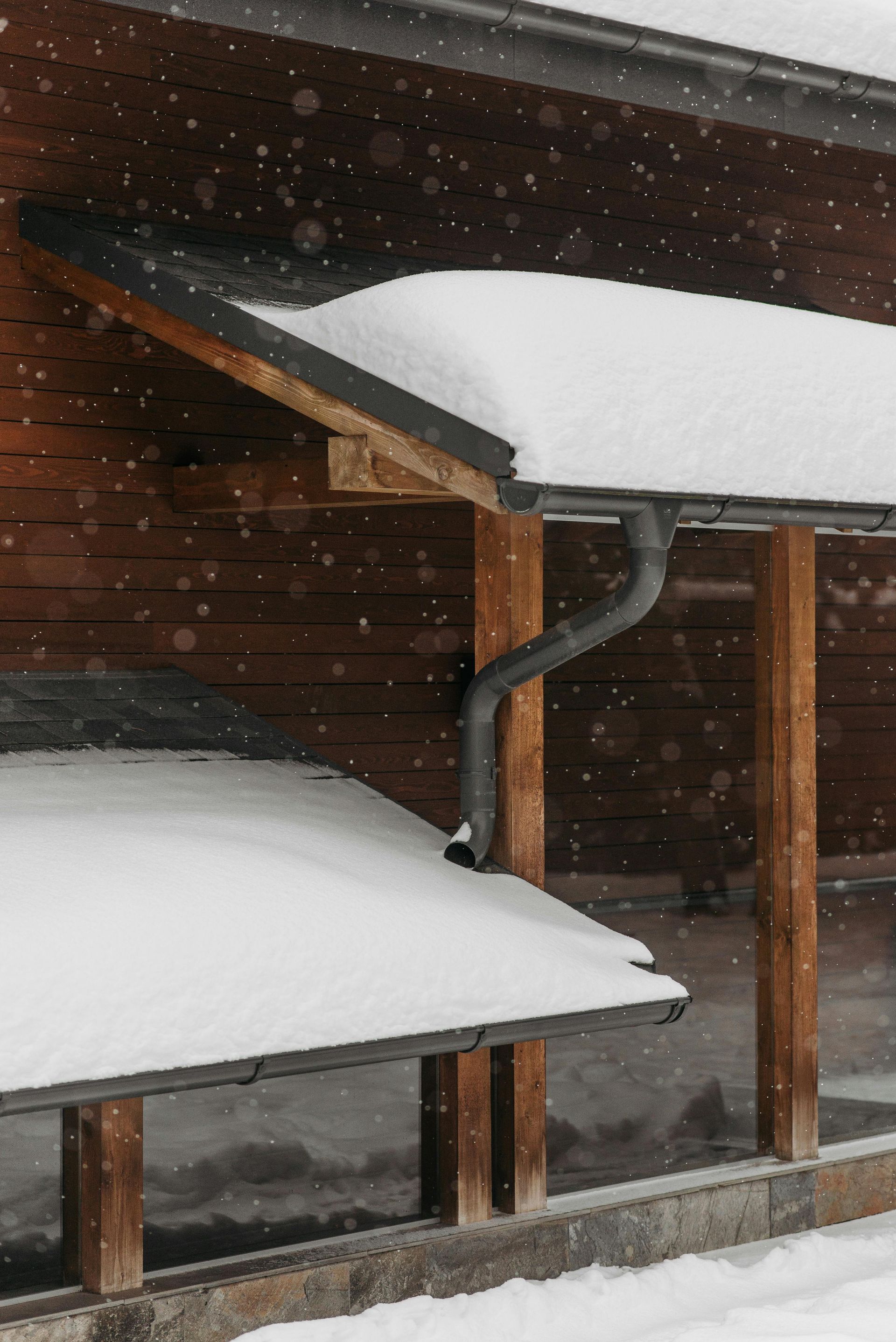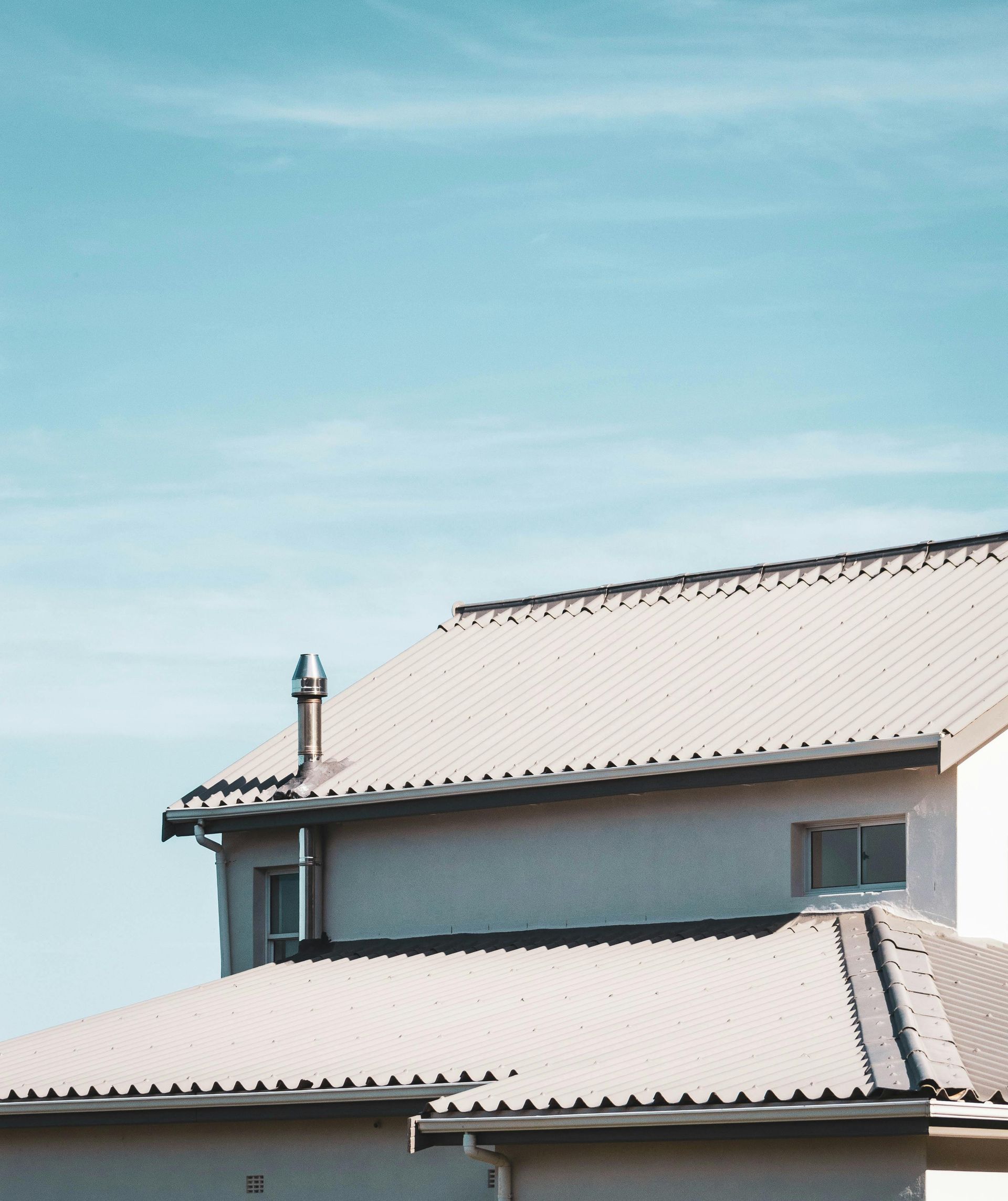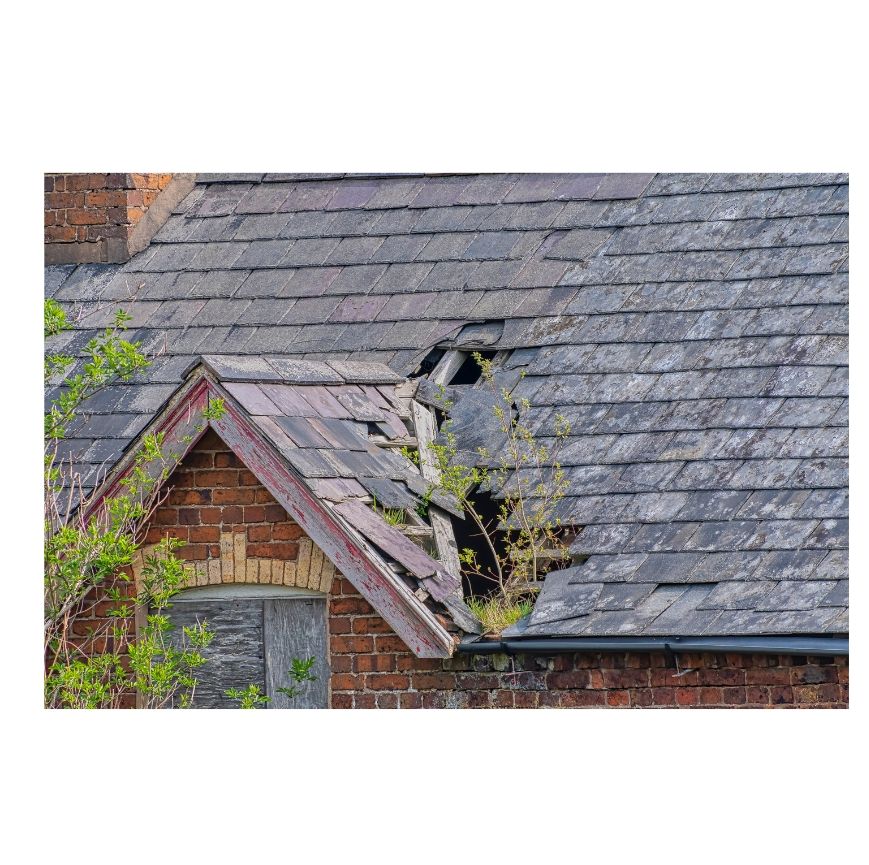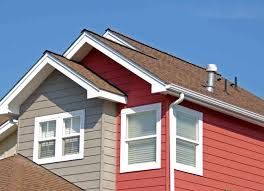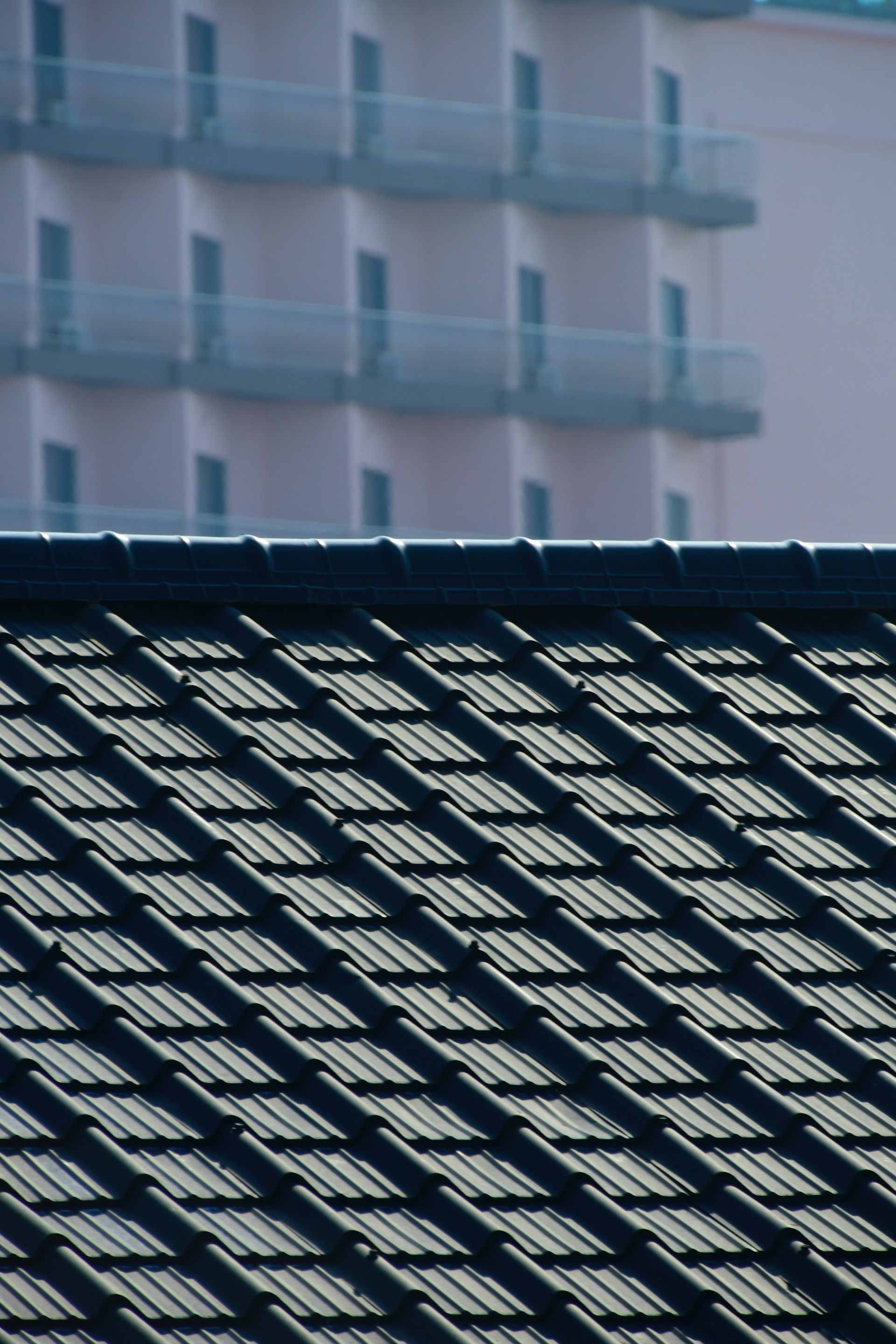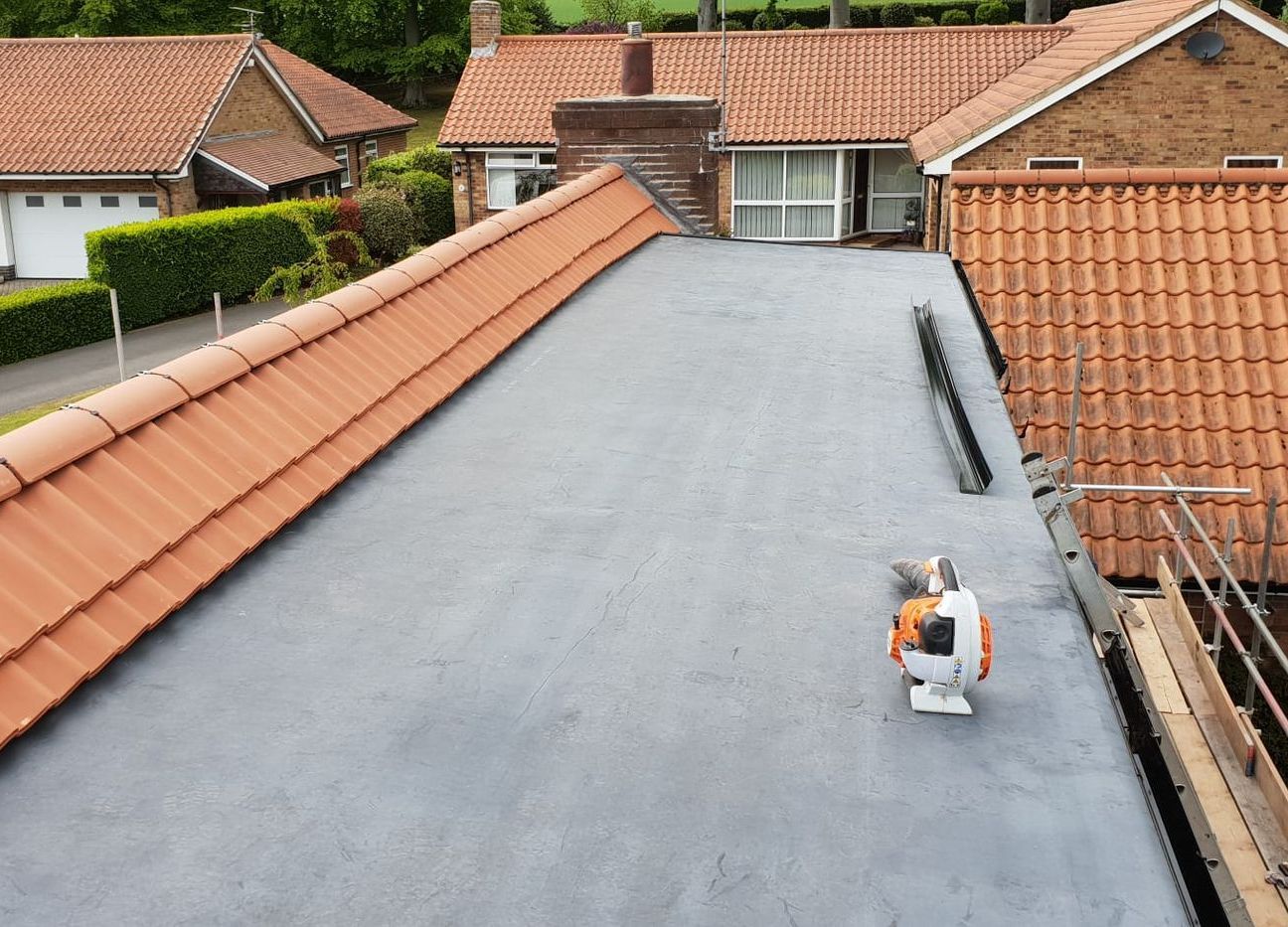Rubber Roofing vs Fibreglass Roofing
Rubber and fibreglass are two popular roofing materials that have been used in the construction industry for several years with fibreglass becoming an increasingly popular option in recent years. Both materials have unique properties that make them suitable for different roofing applications so which is best for you?
In this article, we will compare rubber and fibreglass roofing to help you make an informed decision on which material is best for your roofing needs. We’ll discuss how they fair in terms of durability, adaptability, cost, maintenance and overall installation as well as what each type actually is as there can often be some confusion in terms of what each
roofing material is referring to.
What is rubber roofing?
Rubber roofing, also known as EPDM (ethylene propylene diene monomer), is a synthetic rubber membrane that is made from a combination of natural gas and oil. This roofing material is known for its durability and longevity. It can last up to 50 years when properly installed and maintained. Rubber roofing is also resistant to UV rays, extreme temperatures, and most chemicals. This makes it a popular choice for flat roofs and low-slope roofing applications.
What is fibreglass roofing?
Fibreglass roofing, also known as GRP (Glass Reinforced Polyester), is made from a combination of plastic and glass fibres. This roofing material is lightweight, easy to install, and cost-effective. Fibreglass roofing is also resistant to UV rays and most chemicals. It can last up to 25 years when properly installed and maintained. This makes it a popular choice for residential roofing applications.
Durability
When it comes to durability, rubber roofing is the winner. Rubber roofing is resistant to punctures, tears, and other forms of damage. It can withstand extreme weather conditions, including high winds, heavy rain, and snow. Fibreglass roofing, on the other hand, can be easily damaged by falling objects or foot traffic. It is not recommended for areas with high foot traffic or where objects may fall on the roof.
Installation
In terms of installation, fibreglass roofing is easier and faster to install than rubber roofing. Fibreglass roofing comes in pre-cut sheets that can be easily installed on the roof. Rubber roofing, on the other hand, requires more time and effort to install. It needs to be carefully cut and fitted to the roof, which can be a time-consuming process but does allow for better implementation on unconventional roof shapes.
Maintenance
When it comes to maintenance, both rubber and fibreglass roofing require minimal maintenance. Both are designed to be long lasting and they hold up quite well in terms of weather damage. However, rubber roofing often requires less maintenance than fibreglass roofing. Rubber roofing does not require coating or painting, while fibreglass roofing may need to be coated to protect it from UV rays and other environmental factors.
Cost
In terms of cost, fibreglass roofing is generally less expensive than rubber roofing. Fibreglass roofing is a cost-effective solution for residential roofing applications. Rubber roofing, on the other hand, is more expensive but provides long-term cost savings due to its durability and longevity. Rubber roofing is also a better option if you need a bespoke solution and it may work out overall cheaper in terms of material waste than fibreglass roofing.
In conclusion, both
rubber and fibreglass roofing have unique properties that make them suitable for different roofing applications. If you are looking for a durable and long-lasting roofing material perfect for bespoke application, rubber roofing is the way to go. However, if you are looking for a cost-effective roofing solution for your home, fibreglass roofing is a good option. Ultimately, the choice between rubber and fibreglass roofing depends on your specific roofing needs and budget.
